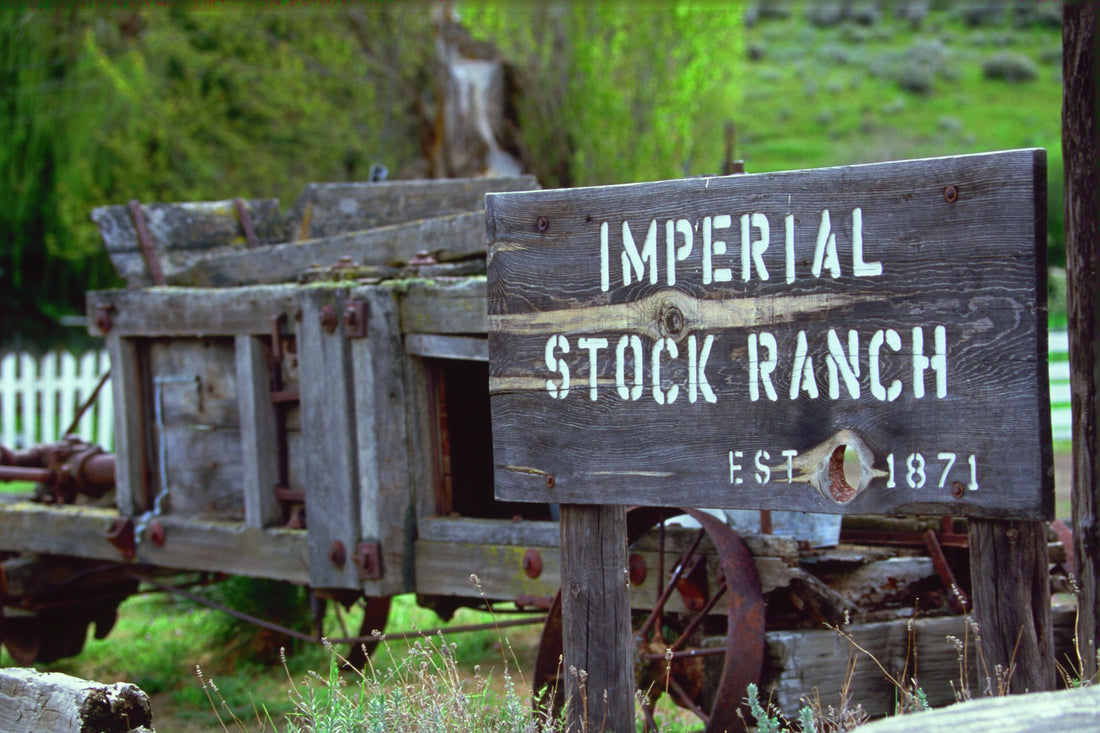
The Value of Place in Sustainable Supply Chains
Leslie Davis Burns is the co-author of Stories of Fashion, Textiles, and Place, along with Jeanne Carver of the Shaniko Wool Company. She is also Professor Emerita at Oregon State University, USA. In this post, Professor Davis Burns discusses the importance of place in creating sustainable supply chains.

Where and by whom are materials and fashion products made? Today’s fashion system has evolved whereby the makers within the supply chains are anonymous and consumers are disconnected from where and how their textiles products come to be. But when skills, processes, and products are separated from place, valuable context, lessons, knowledge, experience, and history are also lost. As can be seen in the examples below, renewed appreciation for authenticity and connection to where and how textiles products are created is being sought by companies and consumers alike.
The value of place in the fashion supply chain has profound meanings for fashion companies that value, honor, and are deeply rooted in the geography, culture, and people of a specific location. The success of such companies can be attributable to their connection to place. For the companies highlighted in Stories of Fashion, Textiles, and Place: Evolving Sustainable Supply Chains (2022: London: Bloomsbury Visual Arts), place is where their purpose originates. These companies include:
-Imperial Stock Ranch and Shaniko Wool Company – Oregon, USA
At the forefront of rebuilding connections, traditional skills and strengthening supply chain partners, Imperial Stock Ranch and Shaniko Wool Company offer certified traceable raw materials for sustainable products.
-Angela Damman Yucatán – Yucatán, Mexico
In partnership with local artisans, Angela Damman Yucatán advances cultural traditions through the creation of luxury textiles and products using age-old techniques of processing and weaving fibers from native plants, henequén and sansevieria.
-Tonlé – Phnom Penh, Cambodia
As a zero-waste fashion brand of products made from textile waste, Tonlé furthers environmental sustainability, inclusivity, and social justice.
-Indigenous Designs – Highlands, Peru
In partnership with artisan co-ops, Indigenous Designs creates fashions with organic cotton, sustainably raised alpaca, and low-impact dyes while contributing to economic development of communities.
-Harris Tweed® – Outer Hebrides, Scotland, UK
With a rich tradition of high-quality hand-woven wool fabrics, Harris Tweed reflects and furthers the unique interconnections among the land, community, and cloth.

Left to right, the authors Leslie Burns and Jeanne Carver, pictured with Lorna Macaulay, CEO of the Harris Tweed Authority (HTA). Photo courtesy of the HTA.
The value and stewardship of place is reflected throughout these companies’ supply chains in the fibers and textiles they use, in the cultural traditions associated with creating materials, and in preserving these cultural traditions. Place grounds them and fosters stewardship of that place, guaranteeing the future of the people and the culture.

Historic Imperial Stock Ranch Headquarters, Oregon, USA, established 1871. Image courtesy of Jeanne Carver.
Cultural traditions associated with creating materials and production processes reflect both the heritage of the supply chains as well as the evolution of the traditions through modern perspectives and techniques. These traditions are advanced through authentic and mutually beneficial partnerships with other companies, designers, and artisans; and as such, advancing cultural traditions required companies to invest in assuring that the traditional skills and techniques are preserved and shared with a new generation of artisans.
I would be remiss not to acknowledge that the companies highlighted in the book are in places that share cultural histories of systematic oppression, exploitation, poverty, and inequality; histories that parallel those of the global textile and fashion industries. Is it possible to love a place, but not its history? And is it possible to address systematic oppression and rectify, in some way, the atrocities of the past through current and future practices?
Companies with sustainable supply chains both recognize social injustice and resolve to create a more socially just environment and business. The leaders of the companies discussed above acknowledge their part in a place’s history and their obligation to build sustainable communities that honor the people. The approaches of their leaders are a stark contrast to the power structures and oppression evident in the past; instead focusing on authentic and mutually beneficial partnerships, active listening, shared learning, honoring cultural norms, and enhancing the sustainability of environmental resources. As such, work in authentically advancing cultural traditions continues to evolve. Conversations and exchanges across cultures, classes, races, and genders are imperative for systematic changes and to create a less hierarchal and more inclusive fashion system worldwide.
Leslie Davis Burns
To receive 25% off Bloomsbury’s Textiles books, use the below discount codes (location dependent) at the checkout. Valid until the end of April 2023. You can browse our full list of titles here.
UK: SELVEDGE25
USA: SELVEDGE25US
CAN: SELVEDGE25CA
AUS: SELVEDGE25AU
